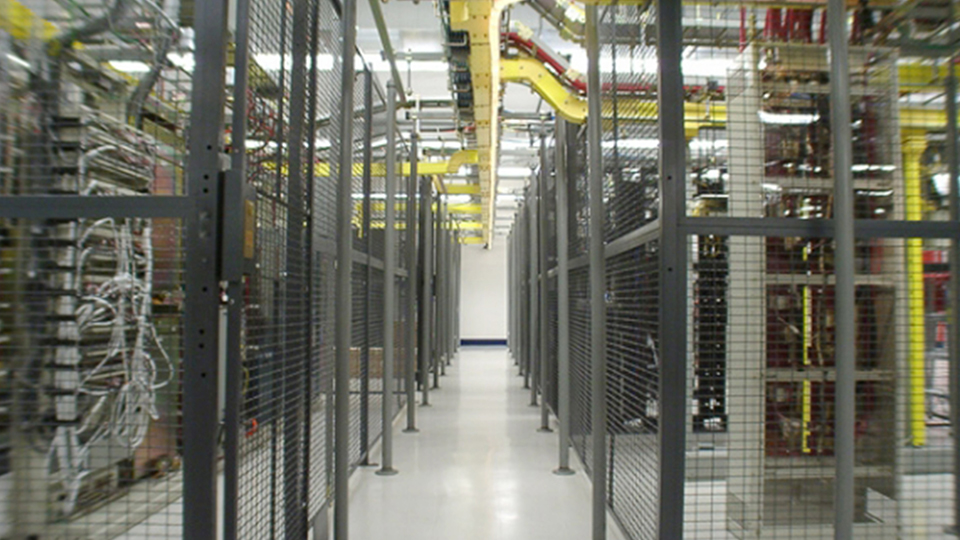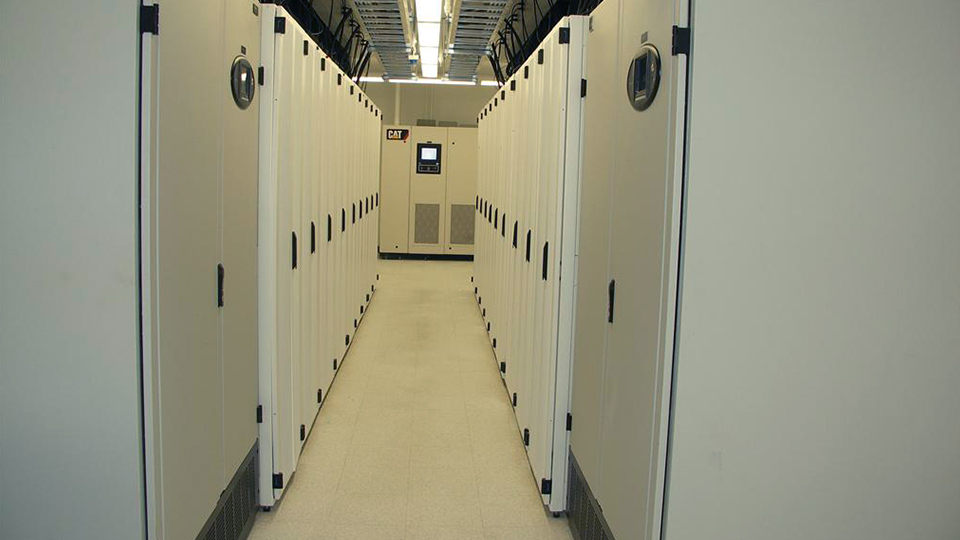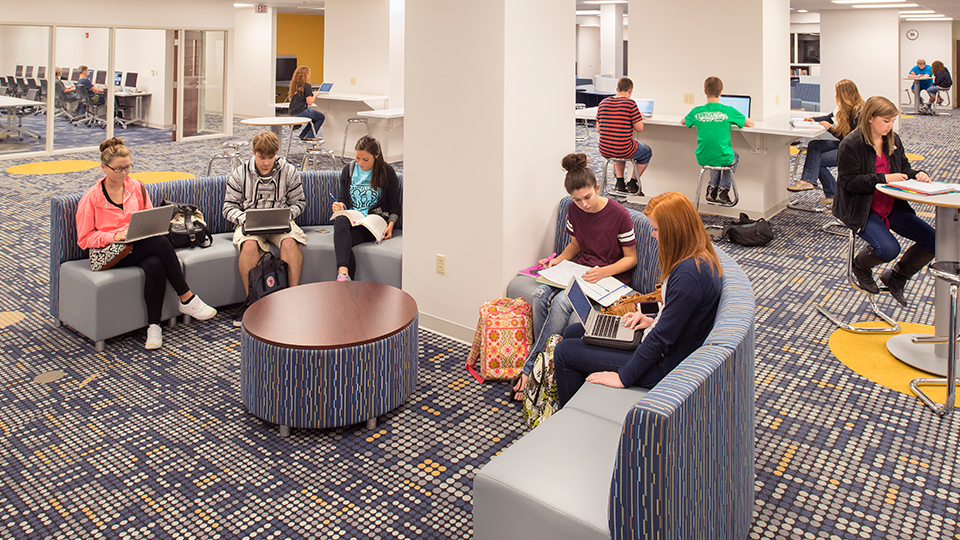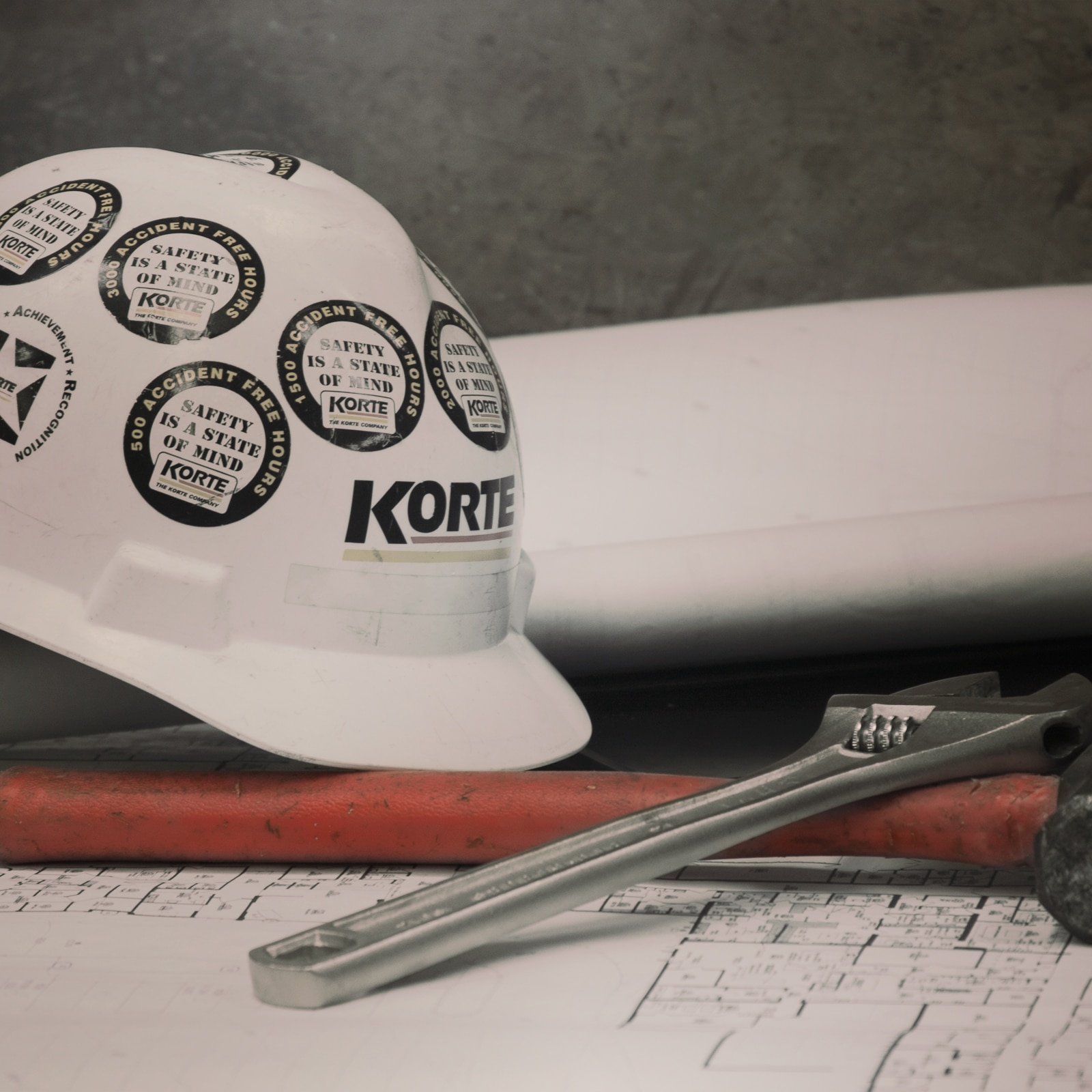Data centers come in all shapes in sizes, from rooms of just a few hundred square feet to massive server farms so big you could fit more than 100 football fields inside them.
Regardless of the shape or size, data centers are among the most important assets an organization can have. And because the forward march toward all things digital will never end, that’s never going to change.
If your organization does business online or processes and stores data, it’s practically inevitable that you’re going to build a data center at some point, if you haven’t already. Use these tips to help you plan for your organization’s most critical asset.
1. It’s function over form every time
This is so important that we need to state it at the outset. These spaces —whether they’re the size of a couple cubicles or big enough to cover a small town— protect infrastructure and equipment that plays an increasing role in everything an organization does.
We’re not saying you shouldn’t or can’t make these spaces visually appealing, but it should never be a priority.

2. Be picky about site selection
If you’re building a new data center from the ground up, finding the right location is key. In the U.S., many companies and organizations are choosing to build new data centers in rural western deserts where the risks of impact from natural disasters are lower.
If the desert isn’t feasible, consider these site selection tips:
- Build above a flood plain. This dramatically reduces the risk that a data center will be impacted by a flood, and it’s also cheaper to insure.
- Relatively isolated sites can be more efficiently monitored for security, but the tradeoff is that this may put a site outside the range of critical emergency services.
3. Be aware of infrastructure needs
Keeping the juice flowing is the most important infrastructure consideration when planning for data center construction.
Can the existing power grid handle the added loads your facility will incur? Is the grid sturdy enough to handle expansion if the need arises? Is private power generation independent of the existing grid a viable option?
Redundancy is a must for data centers. Part of your assessment of infrastructure needs should include planning for backup power generation in the event of a power failure. That includes the types of generators that will meet your needs and designing the data center’s footprint to include space for backup generators.

Data centers also include lots of wiring and fiber for data transmission. It’s wise to begin a data center construction project by designing around this important aspect of the space. Often, raised floors are incorporated into designs because it allows for efficient routing for wires without disrupting data center operations.
When we were chosen to renovate space the Oklahoma State Bureau of Investigation planned to use for data processing and storage, we got to work right away refining prior designs to reflect our priority on data center infrastructure. The finished product was a 10,000-square-foot state-of-the-art data center that serves criminalists, evidence technicians and support staff members.
4. Get familiar with equipment
Familiarity with the equipment used in data centers can change the way facility managers approach data center construction.
For instance, it’s just as common to choose data center renovation as it is to choose new construction. That’s because data storage equipment, like most electronics, gets smaller over time. We often take advantage of existing spaces to consolidate an organization’s data storage needs because smaller equipment made that the more viable choice.
Have end users play a role in the construction or renovation project. Their advice and experience regarding the types of cabinets or server racks that will dominate a data center space is integral. It could even end up leading to significant project savings.
Our work at The Bank of Edwardsville Technology Center illustrated how changes in data storage and processing equipment influence data center design. Included in the three-story building was a 2,100-square-foot data center that, thanks to newer and smaller servers, was enough room to consolidate the data processing capacity of seven different sites into one single room.
5. Climate control is a must
Whether a data center is a single small room or a couple million square feet, climate control is key.
The equipment used in data centers is sensitive to temperature and moisture. These spaces can’t be too humid and they can’t be too hot. That’s why redundant climate control capabilities are just as integral to data centers as redundant power supplies.
Ventilation systems in these spaces are always robust. Some data centers even have ducting designed to cool individual racks of servers.

A good example of multiple redundant systems is the 53,760-square-foot Thomas & Mack data center we built for Switch. Between the existing power grid and extensive backup generation capacity, uninterrupted power supply at the site is assured. Climate control is handled by three cooling towers and 29 Leibert air conditioning units. Warm / cool air segregation is in place and a dry agent fire protection system is integragted into the building’s Very Early Smoke Detection Apparatus (VESDA).
6. Understand data center fire protection
Speaking of fire protection, the very last thing you want to do in the event of a fire in a data center is douse it with water. That’s the last resort.
Dry agent fire protection systems are included in data center fire protection plans. These systems are designed to try to put out fires without the disastrous effects water has on electronic equipment.
However, sprinkler systems and exterior hydrants or fire department hookups are also included if a fire cannot be controlled by dry agents alone.
7. Get advice from end-users
Another important facet of data center construction is utilizing input from the people who will use the site day-to-day. These individuals have on-the-ground knowledge of these spaces that can go overlooked by facility managers and construction companies alike.
The Korte Company’s collaborative Deisgn-Build approach to data canter construction relies heavily on getting the full picture of how a site will be used, and that includes hearing from rank and file employees who will live with design and construction decisions over the lifetime of the space.
Choosing a data center construction company
Data centers are too vital to an organization’s purpose not to choose an experienced Design-Builder when a construction or renovation project is in the works.
The Korte Company has experience on data center construction projects of all sizes across the U.S. Over and over again, we’ve proven we’re up to the task of ensuring safety, security and usability of these important spaces. To learn more about why the Design-Build method makes sense on data center construction projects, download the buyer’s guide below.
